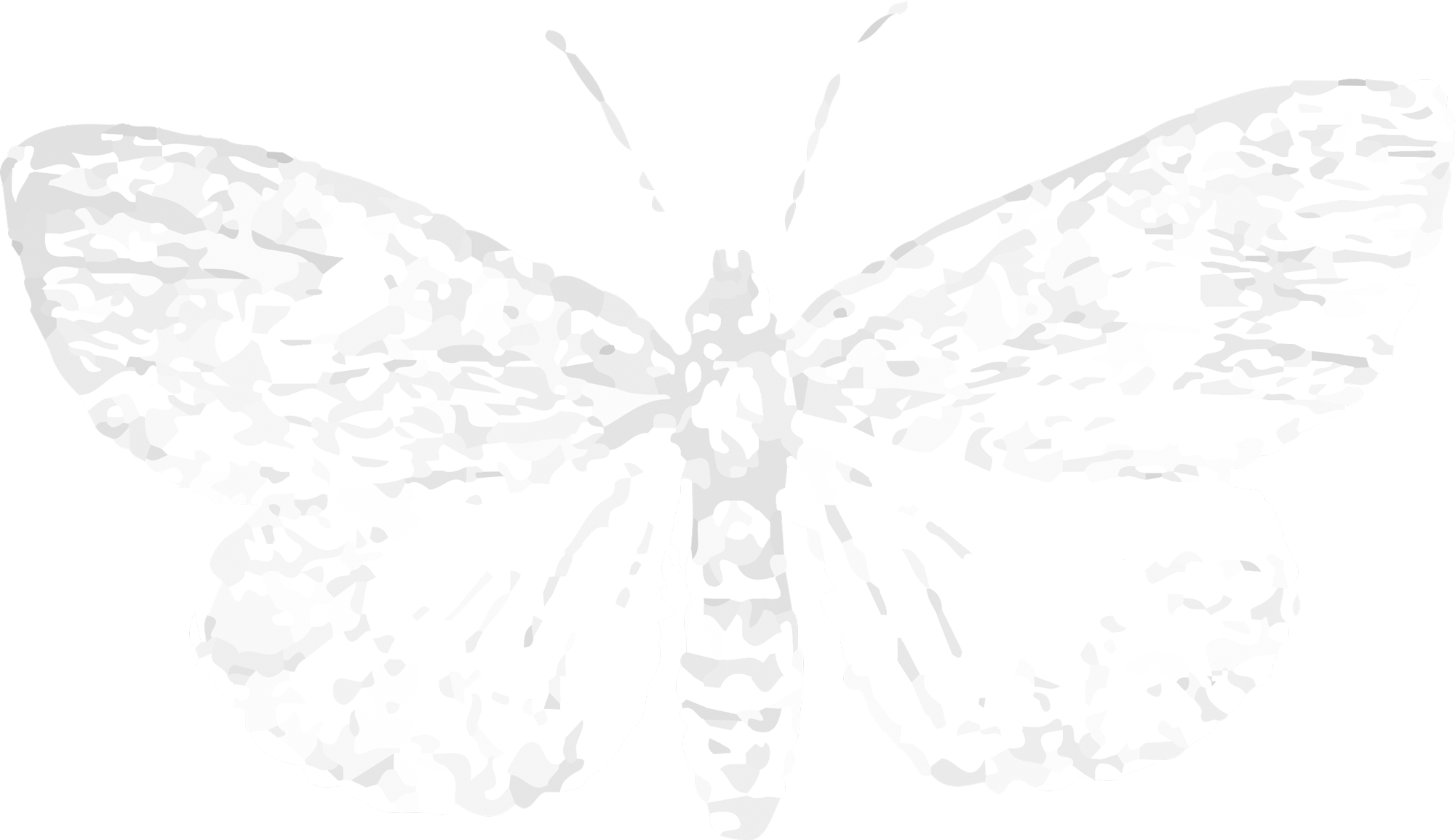

In this issue, explore the amazing species of Lepidoptera, better known as butterflies and moths.
Uncover their beautiful variations, amazing life cycles, and impactful contributions to our world.
he insect order Lepidoptera comprises the butterflies, moths, and skippers. Lepidoptera, means “scale winged” in Greek because of the tiny scales covering their wings and body. Like all insects, Lepidoptera have a hard outer covering called an exoskeleton which is divided into sections with joints so the animal can move. Also like other insects, butterflies and moths — subscribe to continue reading
The earliest known Lepidoptera fossils found are about 190 million years old.

Conserving butteflies will improve our whole environment for wildlife.
utterflies conjure up images of sunshine, the warmth and colour of flowery meadows, and summer gardens teaming with life. Moths are one of the most diverse group of insects on earth, ranging from spectacular Hawk moths to small, intricately patterned Footman moths.
Sadly, four butterflies and over 60 moths became extinct during the last 150 years. Three quarters of British butterflies are in decline and many moths are — subscribe to continue reading

oths and butterflies are made up of many different parts. From their antennea to the tips of their wings, they have an amazing internal and external anatomy. To see the infographic blueprint breakdown of moth and butterfly anatomy — become a subscriber

Subscribe to fera magazine and receive the printed publication every quarter as well as full access to our online magazine experience.